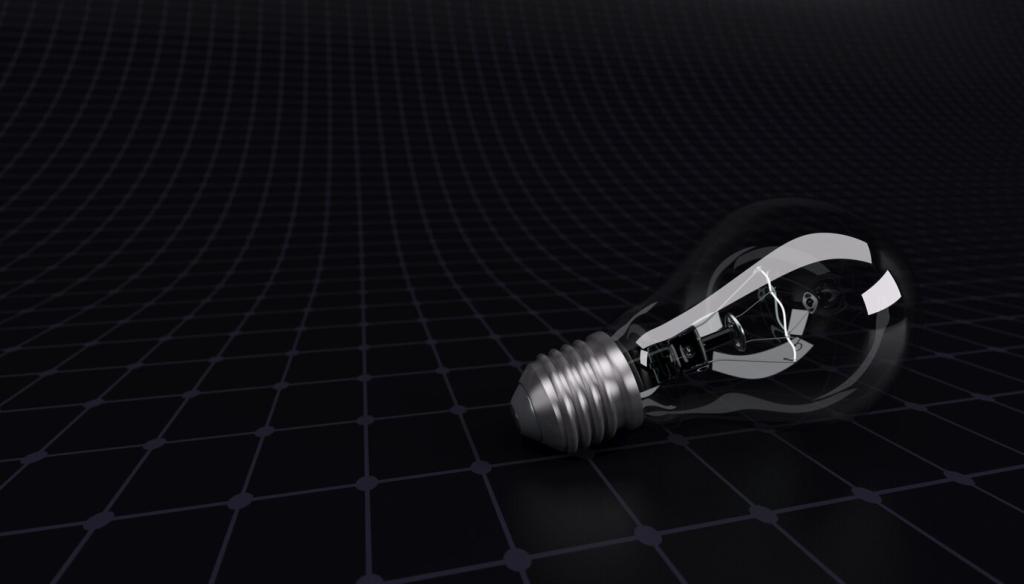
Emerging Smart Home Technologies for 2024
The world of smart home technology is evolving at an unprecedented pace, and 2024 stands as a pivotal year for innovations aimed at redefining modern living. Homeowners and technology enthusiasts alike can expect a wealth of new advancements focused on convenience, safety, sustainability, and deeper integration into everyday lifestyles. From intelligent climate control to enhanced security features, the latest smart home technologies are setting new benchmarks for comfort and efficiency. This comprehensive guide explores the cutting-edge trends and devices shaping smart homes in 2024, providing an in-depth look at how these innovations are changing the way we interact with our living spaces.

Context-Aware Virtual Assistants
Virtual assistants in 2024 are taking a leap forward by utilizing context-aware algorithms. These smart systems learn from daily routines, ambient environments, and even subtle behavioral cues to deliver hyper-personalized assistance. Instead of following rigid programming, new assistants adapt to individual preferences, suggesting lifestyle improvements and automating tasks before they are even requested. This responsiveness enhances convenience, security, and overall satisfaction in the smart home ecosystem, heralding a new era of intuitive living.

Predictive Routine Management
A significant advancement in 2024 is predictive routine management, where smart home hubs analyze historical data to anticipate the needs of the household. For instance, lighting and climate systems adjust based on learned patterns, while kitchen devices automatically prepare ahead for meals or activities. This not only streamlines daily life but also reduces energy waste and supports proactive maintenance, making smart homes more efficient and environmentally friendly.
Previous slide
Next slide

Sustainable Smart Home Solutions
Intelligent Energy Management
Intelligent energy management systems are now integral to modern homes, providing real-time insights into power usage for every appliance and fixture. These platforms recommend specific adjustments that maximize efficiency—like shifting appliance operation to off-peak hours or automatically dimming lights when sufficient daylight is detected. Beyond savings on utility bills, these systems contribute to a more sustainable planet by preventing unnecessary waste.
Water Conservation Technologies
Water scarcity concerns have spurred the growth of innovative conservation solutions tailored for residential use. Smart irrigation controllers assess weather forecasts and soil moisture levels before watering gardens, ensuring minimal waste. Inside, connected fixtures and leak detectors monitor every drop of water used—offering instant alerts and automating shut-offs when abnormal flow is detected. Such comprehensive control brings both environmental and financial benefits to smart home owners.
Waste Reduction Devices
Smart homes in 2024 feature appliances aimed at minimizing waste generation and simplifying recycling. For example, AI-enabled kitchen devices can sort recyclables from trash and even compost organic waste. Meanwhile, smart refrigerators track food inventory, expiration dates, and suggest recipes, encouraging efficient food consumption and drastically reducing spoilage. These forward-thinking solutions help homeowners play an active role in building a greener society.
Immersive Entertainment Experiences

Personalized Audio Zones
The idea of customized entertainment now extends to soundscapes that adapt to individual preferences and activities. Multi-room audio systems employ spatial recognition and user profiles to deliver targeted sound—whether creating quiet zones for concentration or enveloping rooms with surround sound for movie nights. These sophisticated setups contribute to a highly tailored, frictionless entertainment experience appealing to every occupant’s taste.

Augmented and Virtual Reality Integration
2024 sees augmented and virtual reality (AR/VR) technology becoming mainstream in residential settings. With lightweight, wireless headsets and seamless device integration, users can instantly transform their surroundings for gaming, training, or cinematic viewing. AR overlays and VR environments interact in real time with smart lighting and sound, offering engaging experiences that were once the stuff of science fiction—all from the comfort and safety of home.

Dynamic Lighting and Ambiance Control
Modern entertainment systems are further enhanced by dynamic lighting and ambiance control, where colors, intensity, and patterns adapt in harmony with media content. For example, lights may automatically dim during a dramatic film or shift to vibrant hues for music playback. This synchronized approach not only elevates the immersive factor but also fosters a mood-matching atmosphere throughout the home, thoroughly enriching leisure time.

Air and Water Quality Sensors
Cutting-edge smart homes are equipped with precise air and water quality sensors, offering continuous feedback on environmental conditions. These sensors detect allergens, pollutants, temperature fluctuations, and humidity—alerting residents to issues and automatically adjusting purification or ventilation systems as needed. With granular monitoring, homeowners can safeguard against health risks and ensure their living spaces remain safe and comfortable for all.

Integrated Fitness and Wellness Platforms
Fitness and wellness have become seamlessly woven into the fabric of everyday routines via integrated platforms that coordinate wearable devices, workout equipment, and schedule management. These ecosystems provide personalized suggestions, encourage movement, or prompt mindfulness breaks based on user preferences and goals. By making healthy choices more accessible and enjoyable, smart homes foster sustained motivation and improved long-term outcomes.

Remote Health Monitoring and Assistance
2024’s smart homes empower residents with medical monitoring solutions, offering round-the-clock connectivity to healthcare professionals. Devices track vital signs and medication adherence, while AI-driven algorithms alert users or caregivers to potential concerns. Seniors and those with chronic conditions benefit from discreet fall detection, voice-activated assistance, and the ability to share health data securely—enabling greater independence and peace of mind for both users and their loved ones.
A critical milestone is the widespread adoption of universal connectivity protocols, which facilitate reliable interactions between devices from different manufacturers. These standards eliminate compatibility headaches of the past by enabling diverse appliances, sensors, and hubs to share data and commands smoothly. This openness ensures homeowners can expand or customize their smart home without being locked into a single brand, making technology both accessible and future-proof.
Enhanced Connectivity and Interoperability
Intelligent Climate Control
Self-Learning Thermostats
Self-learning thermostats have evolved to become the central nervous system of modern climate control. These devices learn household habits, occupancy patterns, and even weather predictions to autonomously maintain ideal temperature and humidity levels. By adjusting settings in real time, they offer unmatched comfort while optimizing energy use—helping homeowners enjoy consistent savings and environmental benefits without sacrificing convenience.
Smart Windows and Shades
Innovative smart windows and automated shades play a pivotal role in managing natural light and thermal insulation. They react to sunlight, time of day, or environmental feedback, automatically tinting or repositioning themselves for peak efficiency. When integrated with broader climate control systems, they reduce heating and cooling loads, support privacy, and enhance aesthetic appeal. The result is a balanced, sunlit, and comfortable indoor environment at all times.
Room-by-Room Climate Zoning
Advanced zoning technology ensures fine-grained control of environmental conditions in individual rooms. Wireless sensors and smart vents monitor the unique requirements of each area, factoring in occupancy, activities, and preferred settings for different users. The system then directs heating or cooling exactly where it is needed, reducing waste and resolving issues such as uneven temperatures—making every corner of the smart home tailored to its inhabitants.
